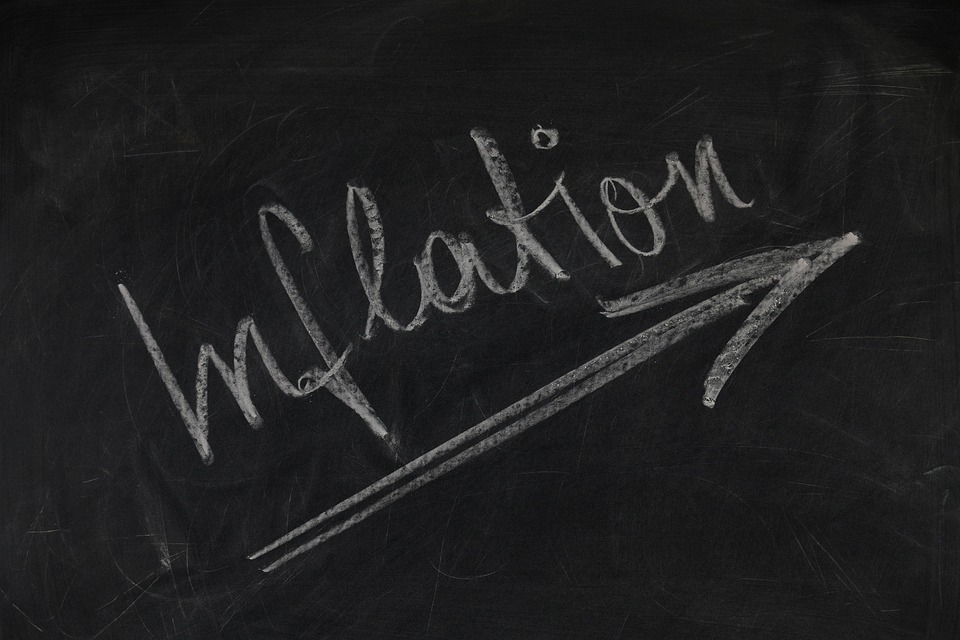Romanian Inflation To Jump Ahead Of Fiscal Shocks, But Relief Is In Sight

Romania's June inflation rose to 5.66%, above our 5.50% forecast, reinforcing upside risks to an already elevated inflation profile. With electricity prices up in July and tax hikes in August, we now see year-end inflation at 7.9%. The National Bank of Romania is expected to keep its key rate at 6.50% in 2025 amid persistent inflation pressures.
The June inflation surprise was largely driven by a nearly 11% monthly surge in fresh fruit prices, which contributed to a 0.5% increase in food prices – an unusually high figure for the summer season. In contrast, non-food and services prices rose by a more modest 0.4%, in line with expectations. Core inflation also picked up, rising to 5.6% from 5.4%.
Several inflationary shocks are expected over the summer. Electricity price caps were removed on 1 July, which will push utility bills higher. In August, the standard VAT rate will increase from 19% to 21%, and excise duties on alcohol, fuel, and tobacco will rise under the new fiscal package. While these measures aim to strengthen public finances, they will also trigger a one-off spike in consumer prices.
We now forecast inflation to peak around 8.2% in September-October, once the tax hikes are fully reflected in prices, before easing slightly to 7.9% by year-end. From the second half of 2026 onward, we expect meaningful disinflation to take hold, driven by base effects and weakening demand, potentially bringing inflation down to the 4.0% area by the end of 2026. Supporting this view, wage data released today shows a slowdown in average net wage growth, which fell to 7.6% year-on-year in May, indicating softer demand ahead.
An inflation hump is expected

Source: NSI, ING
The National Bank of Romania (NBR) maintained its policy rate at 6.50% in July and is likely to hold this level throughout 2025. With inflation still well above target, the central bank is expected to remain cautious and delay any rate cuts until there is evidence that price pressures are easing. However, we do expect liquidity conditions to gradually improve. While not returning to last year’s surplus levels, this could be enough for market rates to drift lower, making the deposit facility relevant again, particularly at the short end of the curve.
Looking ahead, we anticipate the first rate cuts to come in 2026, likely in the second quarter, totalling around 100 basis points of easing. If disinflation accelerates or economic growth weakens, the NBR may opt for a more aggressive easing path.
In short, Romania faces a near-term inflation spike followed by a significant cooldown later on. This two-phase outlook means the NBR will keep a steady hand on rates in 2025 – holding fire on policy easing until the storm of price shocks passes and inflation relief is in sight.
More By This Author:
Think Ahead: Why Central Banks Are Wrong About InflationWhat If Powell Leaves?
Asia Week Ahead: Key Data On China, Japan, South Korea, While Indonesia Seen Leaving Rates Unchanged
Disclaimer: This publication has been prepared by the Economic and Financial Analysis Division of ING Bank N.V. (“ING”) solely for information purposes without regard to any ...
more


